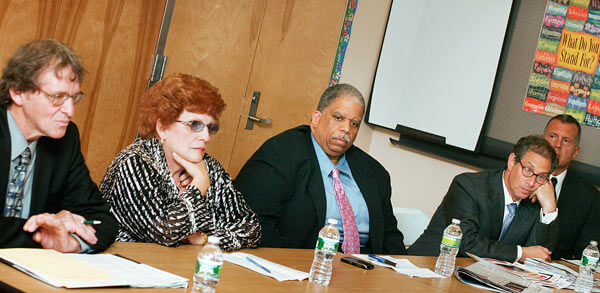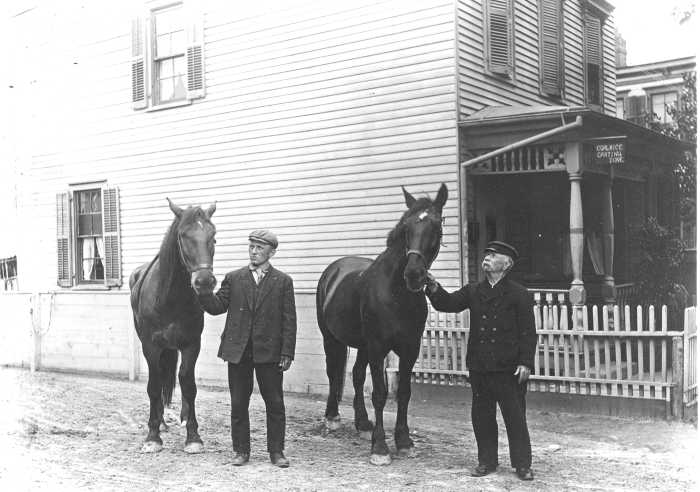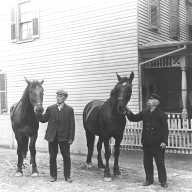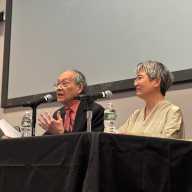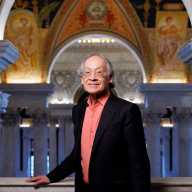By Joe Anuta
Queens Civic Congress hosted a meeting Monday night about the state of the economy in Queens and the news was not all bad.
City officials had encouraging numbers and residents offered multiple ways to spur small business growth within the borough at the Al Oerter Recreation Center, at 131-40 Fowler Ave.
“Generally, Queens has fared better than the city as a whole,” said Seth Pinsky, president of the city Economic Development Corp.
And in true Queens fashion, the key was diversity.
A mix of urban and suburban neighborhoods, the diversity of the population, technology, industrial and service businesses as well as the two major airports all helped the borough weather the recession.
As an example, July construction in the borough was up 8 percent compared to last year and July seasonally unadjusted unemployment was down to 7.7 percent from 8.7 percent last year, he said.
“But that does not mean we can rest on our laurels,” he said.
Pinsky ran through plans to revitalize the city as a whole, but also highlighted several Queens projects.
Broadly, the city plans to spur economic development by encouraging entrepreneurship and strengthening small businesses, according to Pinsky.
In addition, the EDC plans to upgrade the infrastructure across the five boroughs.
The current capital budget is set at $40 billion over a five-year period, according to Pinsky. That number is down from record levels, but marks an increase of 21 percent since before Mayor Michael Bloomberg took office, he said.
“A 21st-century economy requires a 21st-century infrastructure,” Pinsky said.
Aside from upgrades to basics like pipes and roads, and to parks, schools and cultural institutions, which Pinsky said are required to attract skilled workers to the city, EDC has also pumped money into projects like the East River Ferry Service and Queens Plaza South.
But many of the EDC’s Queens projects were the subject of debate with residents and civic leaders in attendance.
In December, Bloomberg announced plans to woo a prestigious technology university to set up a satellite campus in the city by offering a piece of public land and about $100 million to subsidize construction.
Nearly 30 top schools applied, according to Pinsky, and proposals are due at the end of October.
The EDC picked four city-owned locations for the potential campus, yet none were in Queens. Many in the audience wanted to know why Willets Point was not considered.
This week Stanford University, a top-tier California college, submitted its proposal to build on Roosevelt Island, which Pinksy said would be a boon to Queens.
All of the small businesses who would spin off of the campus would grow across the river in western Queens, he said.
In addition to other projects highlighted at the meeting, like the Willets Point Redevelopment Project and Hunters Point South, both of which are currently underway and designed as large housing and commercial districts, residents brought up other ventures from around the borough.
Nearly everyone in attendance agreed that Queens needed a conference center to attract business to the borough.
Civic Congress member James Trent wanted to see unused portions of the Creedmoor facility in Queens Village built into a university, since it is already laid out like a campus.
A resident wanted to see the Rockaway Beach branch of the Long Island Rail Road resurrected to fix the transportation woes on the isolated peninsula.
Ted Renz, executive director of the Myrtle Avenue Business Improvement District, said landlords need to ease rent costs to fill the vacancies that have been increasing along the commercial strip in Ridgewood.
Activist and small business owner Tony Nunziato said the city needs to focus on current business owners and encourage banks to give out much-needed loans.
Reach reporter Joe Anuta by e-mail at januta@cnglocal.com or by phone at 718-260-4566.

